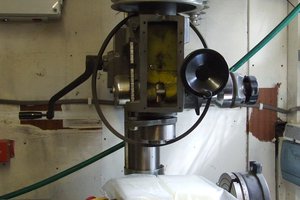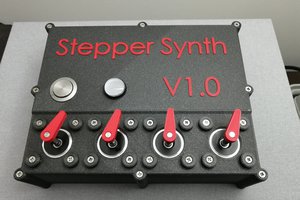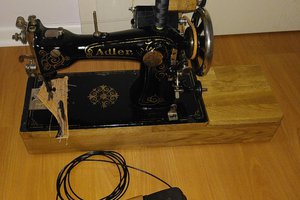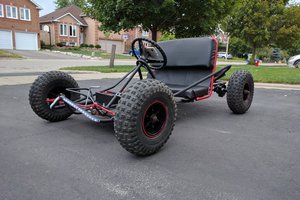The controller is based on an arduino micro because of its usb capabilities and cheap price.
All notes were measured by hand with a calibrated esc and a fixed voltage of 10V because there is no real speed control possible but with a fixed voltage the esc does a very good job of holding a specific speed.
Shorts notes won't sound as good as long notes because of the rotors mass but longer notes and simple songs sound fine.
The note range is limited to about 3 octaves depending on how loud it should be.
Low notes are very quiet and higher ones get extremely loud very fast so it is very difficult to record the high changes in volume.
Of course the concept could be adapted to other noise makers.
When building the controller i tried using a digispark but while it might have been able to handle the usb communication there was no way it could generate a stable ppm signal at the same time due to a lack of timers. In the video i tried generating the signal in software but it turned out pretty bad, which might had many causes but the easiest fix was just to use an arduino micro which i planned on using before anyways and it worked great.
The blheli parameters were tuned to allow a fast acceleration and the esc supports regenerative braking so some power can be stored in the caps of the power supply (or better some bigger caps...) to be used for the next acceleration.
Tools needed:
- 10V voltage regulator or lab power supply
- 3D Printer
- List of midi notes and their frequencies
- Anything to make simple frequency measurements for the notes (soundcard,smartphone,oscilloscope...)
Component links:
The esc i used
The 60mm siren model
 Yannick (Gigawipf)
Yannick (Gigawipf)
 Sci
Sci
 David Scholten
David Scholten
 Joseph Eoff
Joseph Eoff
 Adrian Georgescu
Adrian Georgescu